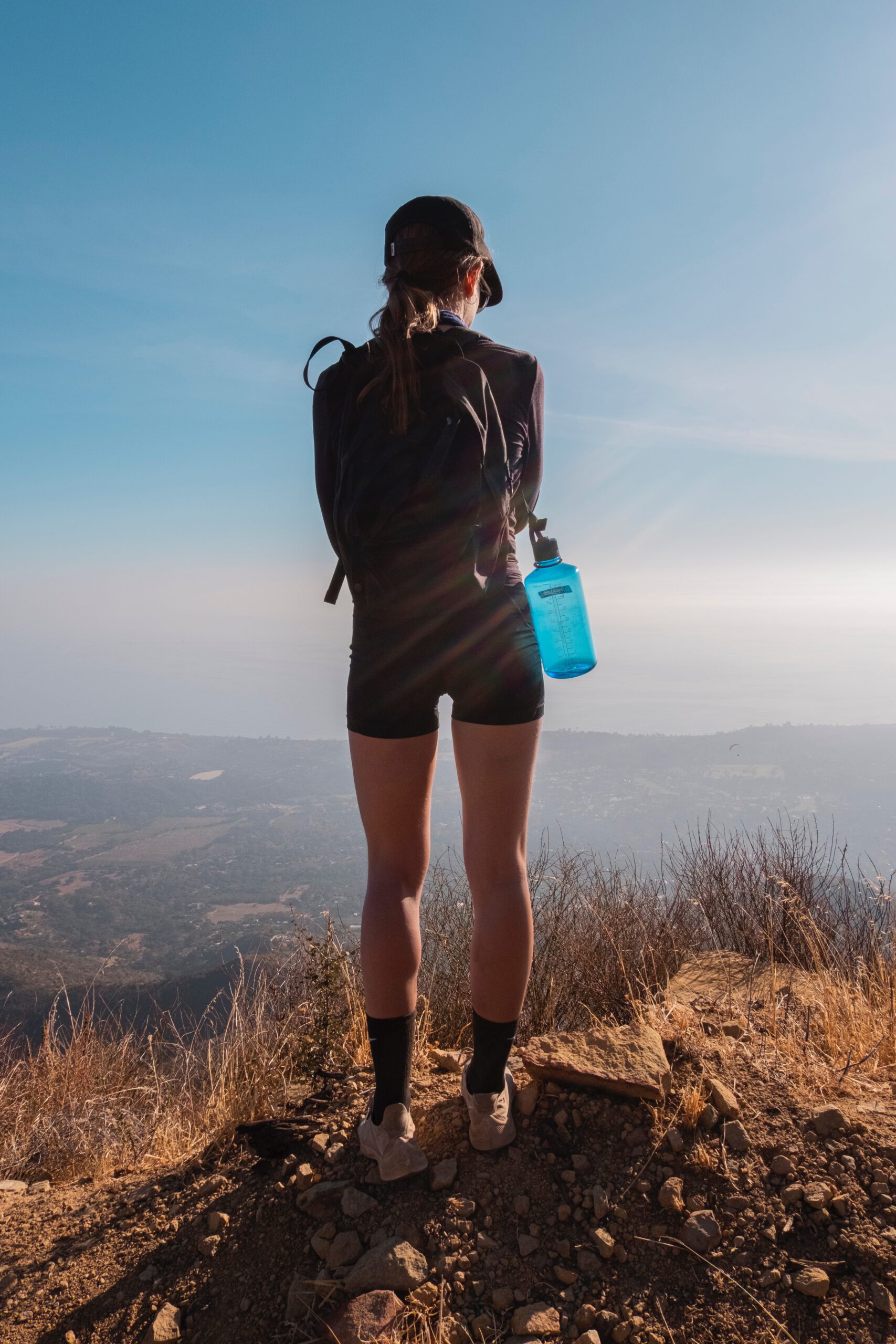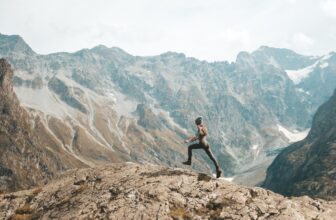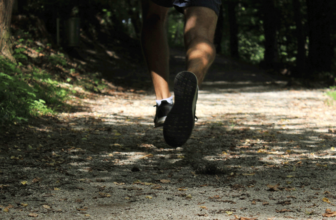
Trail running is an exhilarating and challenging activity that allows runners to explore nature’s beauty while pushing their limits. Unlike road running, trail running demands specific clothing and apparel that can handle varying terrains, weather conditions, and potential obstacles.
Whether you’re a beginner or transitioning from road running, this article will provide a comprehensive guide to the essential clothing and apparel new trail runners should consider for a successful and comfortable trail running experience.
Disclosure: This website contains affiliate links. When you make a purchase or take any action through these links, we may receive a commission at no additional cost to you. This helps support the ongoing maintenance and operation of our website, allowing us to continue providing valuable content and recommendations. Thank you for your support!
Moisture-Wicking Base Layers
Starting with the foundation of your trail running outfit, moisture-wicking base layers are crucial. Look for lightweight, breathable shirts and shorts or tights made from technical fabrics like polyester or merino wool. These materials effectively wick away sweat from your body, keeping you dry and preventing chafing during long runs.
Trail-Specific Running Shoes
Investing in a pair of trail-specific running shoes is paramount to ensure comfort, stability, and protection on rugged terrain. Look for shoes with aggressive outsoles that offer excellent traction on various surfaces. They should also provide ample cushioning to absorb shock from uneven ground and have reinforced toe caps to guard against rocks and roots.
See our post here on how to pick the best trail running shoes for your body and style.
Socks
Don’t overlook the importance of quality socks. Choose moisture-wicking socks with cushioning in high-impact areas to prevent blisters and provide extra support. Look for socks that are specifically designed for trail running, as they often have additional features such as reinforced heels and arch support. Some runners swear by socks that have individual toes to avoid blistering and chafing on longer runs, myself included.
Lightweight and Quick-Drying Shorts or Tights
Depending on personal preference and weather conditions, opt for either lightweight running shorts or tights. Shorts provide freedom of movement and ventilation, while tights offer extra coverage and protection against brush and insects. Both should be quick-drying to prevent discomfort from sweat or rain.
And remember, the goal of running the trails is not to stay clean and dry. When you go crashing through that creek crossing, or sit down and take a dip to cool off during a long run, you’ll be glad you have shorts that dry quickly.
Weather-Appropriate Outer Layer
When running trails, weather conditions can change rapidly, so it’s essential to be prepared. Invest in a weather-appropriate outer layer, such as a lightweight jacket or windbreaker. Look for options that are water-resistant or waterproof to shield you from unexpected rain or mist. Ensure the jacket is breathable to allow moisture to escape and prevent overheating.
There are some fantastic shells and outer layers on the market that offer you protection on the run while still being light and easy to pack and carry.
Headgear
Protecting your head and eyes from the elements is crucial. A lightweight and breathable hat or visor shields your face from the sun, and a brimmed cap can help keep rain or snow out of your eyes. Additionally, sunglasses with UV protection are recommended to reduce glare and protect your eyes from harmful sun rays.
The other element that headgear can bring is a buffer from sweat running into your eyes. Depending on the season and weather conditions I will often wear a hat or a buff to simply to mop up some of the sweat coming off my forehead. Buffs are great for this as they can very easily be packed or carried if you change your mind and decide you don’t want to wear it.
Hydration Gear
Hydration is vital during trail running, especially on longer runs. Consider investing in a hydration vest or belt with multiple water bottle holders. This allows you to carry sufficient water and other essentials like energy gels, snacks, and a cell phone without hindering your movement. Choose gear with an adjustable fit to ensure comfort and stability while running.
As your trail running journey progresses, you will likely end up with multiple options for hydration that fit many different types or runs as well as the current weather. Packs are great for long runs because they carry so much liquid and supplies, but they also add an extra layer if it’s hot outside. Hand held water bottles carry much less, but are often enough if you’re just going for a shorter run and can still carry the basics such as keys and some nutrition.
Compression Gear
Compression clothing, such as calf sleeves or compression socks, can provide support, improve circulation, and reduce muscle fatigue during long trail runs. They can also aid in recovery by increasing blood flow to your muscles post-run. Look for well-fitted compression gear made from moisture-wicking materials. Be a little bit cautious in warmer weather, as the extra “layer” of compression gear can cause some runners to heat up more than exposed bare skin.
When venturing into the world of trail running, having the right clothing and apparel is crucial for comfort, performance, and safety. Prioritize moisture-wicking base layers, trail-specific running shoes, appropriate socks, lightweight shorts or tights, a weather-appropriate outer layer, headgear, hydration gear, and compression gear. By selecting the right clothing and equipment, you’ll be well-prepared to tackle any trail and enjoy a rewarding and enjoyable trail running experience. Remember, comfort and functionality are key when it comes to trail running apparel.






